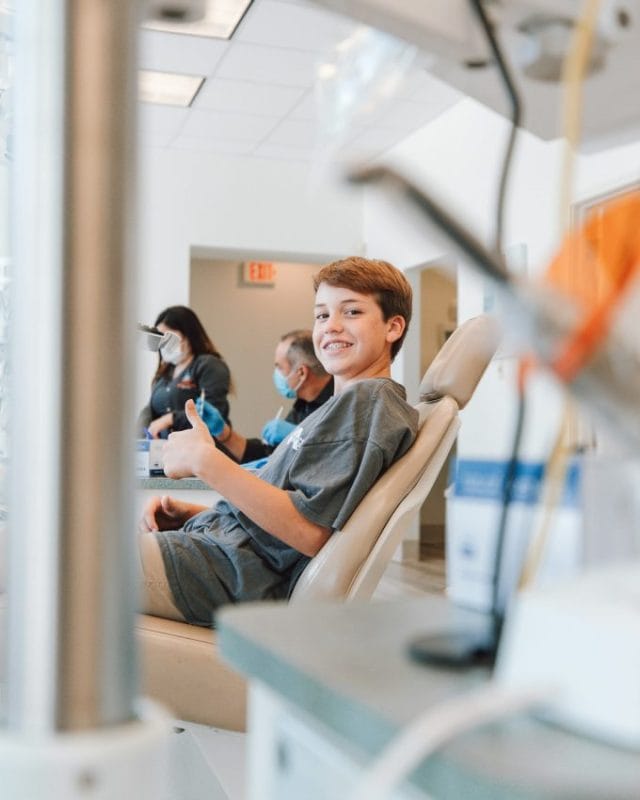Ever thought of going to the dentist as a peek into the future? Well, with the way technology is shaping up in dentistry, it’s starting to feel a lot like that. We’re talking about a world where even the tiniest cavities can’t hide anymore, thanks to gadgets and gizmos straight out of a sci-fi novel. From high-tech mirrors to artificial intelligence (AI), the dentist’s toolkit is getting a major upgrade. But what’s the big deal, and how is this tech magic making visits to the dentist less of a drag? Let’s sink our teeth into it.
High-Tech Mirrors and Beyond: A Closer Look
First up on the tech roster are high-tech mirrors. These aren’t your run-of-the-mill reflective surfaces but supercharged versions equipped with tiny cameras that give dentists a detailed tour of your mouth. It’s like having a microscopic lens peering between every nook and cranny that ensures nothing dodgy stays hidden. But the real cherry on top? Some of these mirrors come paired with lights that can highlight problem areas before they turn into bigger issues, catching cavities when they’re barely just starting.
AI: The Tooth Whisperer
And then there’s AI–this smart tech crunches tons of data to help pinpoint cavities and other oral health issues way before they become a pain (literally). It’s like having a detective combing through every detail of your dental scans, looking for clues that hint at trouble brewing beneath the surface. The best part is that AI learns from every piece of data it analyzes. This process, known as machine learning, means that the AI system gets smarter over time. So, how does this all happen? Well, dentists feed the AI system with tons of dental records, x-rays, and images of teeth, both healthy and diseased. The AI then uses algorithms to sift through this data, learning to differentiate between what’s normal and what’s an early sign of trouble. It’s constantly updating its database with new information and makes its detection capabilities more precise with each new piece of data.
When you sit in the dentist’s chair for your scan, the AI system can then apply what it’s learned to your dental images. It scans for the slightest hints of decay or disease, areas that might be too subtle for the human eye to catch, especially in their very early stages. If it spots something, it flags it for your dentist to take a closer look. This could mean catching a tiny cavity that could’ve been overlooked until it became a much bigger, painful problem.
Efficiency in Orthodontics
Thanks to advancements like 3D imaging and custom-fit aligners, the whole teeth-straightening journey has gotten a serious upgrade. Now, orthodontists can map out an entire treatment plan with pinpoint accuracy, predicting movements and making adjustments in real-time. This not only shaves months off the traditional timeline but also means a smoother experience with less poking and prodding. Patients get to see quicker results and enjoy a more comfortable ride to that perfect smile, proving that the future of orthodontic treatment is not just faster, but also a whole lot friendlier.
The road ahead for dental technology looks incredibly promising. With every new gadget or AI breakthrough, we’re moving closer to a world where dental issues can be spotted and tackled before they ever cause us grief. It’s a future where going to the dentist doesn’t have to be a nerve-wracking experience but rather a quick – even pleasant – pit stop.

